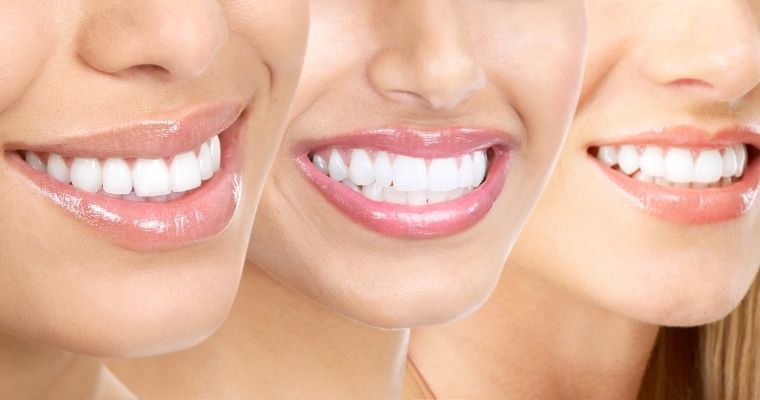Modern cosmetic dentistry combines artistry and technology to craft personalized, flawless smiles. Among the innovations revolutionizing the field is digital smile design (DSD), a tool that creates virtual mock-ups of a patient’s potential smile. These mock-ups play a pivotal role in both planning and communication during cosmetic dentistry treatments, transforming how patients and dentists approach smile makeovers.
What is Digital Smile Design?
Digital smile design (DSD) is a technology-driven process that uses:
- Photographs and videos of the patient’s face.
- Digital impressions of the teeth and gums.
- Advanced software to simulate potential treatment outcomes.
This allows patients to visualize the final result of treatments like veneers, crowns, or orthodontics before any procedure begins.
The Role of Digital Mock-Ups in Smile Design
1. Enhanced Patient Consultation
Digital mock-ups foster clear communication between dentists and patients. By providing a visual representation of the anticipated results, patients can:
- Better understand treatment options.
- Express preferences about aesthetics, such as tooth shape, size, and alignment.
- Build confidence in the proposed plan.
2. Personalized Cosmetic Dentistry
DSD ensures that each smile design is tailored to the individual by considering:
- Facial features for harmony and balance.
- Lip dynamics during speech and smiling.
- Tooth proportions relative to the gum line and facial symmetry.
The result is a custom smile that enhances natural beauty.
3. Improved Treatment Planning
Digital mock-ups allow dentists to anticipate challenges and refine treatment strategies by:
- Simulating procedures like orthodontics, veneers, or implants.
- Identifying any alignment or occlusion issues in advance.
- Streamlining workflows by providing precise templates for lab technicians.
Benefits of Digital Smile Design
For Patients:
- Visualization of Results:
- Seeing a realistic preview helps manage expectations and reduce anxiety.
- Active Participation:
- Patients are empowered to collaborate with their dentist on their smile’s aesthetics.
- Increased Satisfaction:
- Knowing the projected outcome builds trust and boosts satisfaction.
For Dentists:
- Efficient Workflow:
- Integration of digital tools speeds up diagnosis, planning, and treatment.
- Precision and Predictability:
- Detailed simulations minimize errors and ensure better outcomes.
- Enhanced Communication:
- Clear visual aids improve case acceptance rates and understanding.
The Process of Creating Digital Mock-Ups
- Initial Assessment:
- Dentists take high-resolution photos, videos, and digital scans of the patient’s teeth and face.
- Design Phase:
- Software analyzes facial proportions and generates a customized smile design.
- Mock-Up Presentation:
- The virtual design is shared with the patient, allowing for feedback and adjustments.
- Finalization:
- Once approved, the digital plan guides the clinical and laboratory procedures.
Applications in Cosmetic Dentistry
Digital mock-ups are invaluable in various cosmetic dentistry procedures, including:
- Veneers: Choosing the ideal shape and shade for a natural look.
- Orthodontics: Demonstrating alignment improvements with braces or clear aligners.
- Teeth Whitening: Predicting the impact of shade adjustments on overall aesthetics.
The integration of digital smile design into cosmetic dentistry has revolutionized the field, offering unparalleled precision, personalization, and patient satisfaction. Digital mock-ups bridge the gap between a patient’s vision and the final result, ensuring transparency and confidence in every smile makeover. By embracing these innovative tools, dentists can deliver smiles that are not only aesthetically pleasing but also perfectly aligned with the patient’s expectations.

Leave a Reply